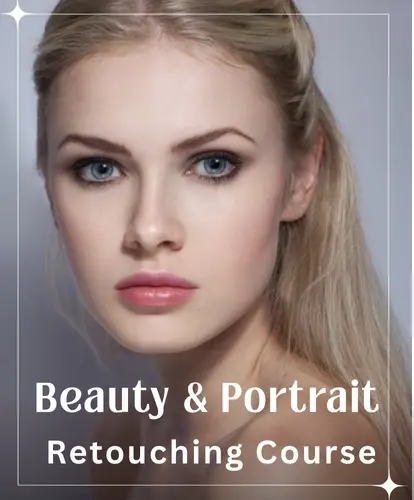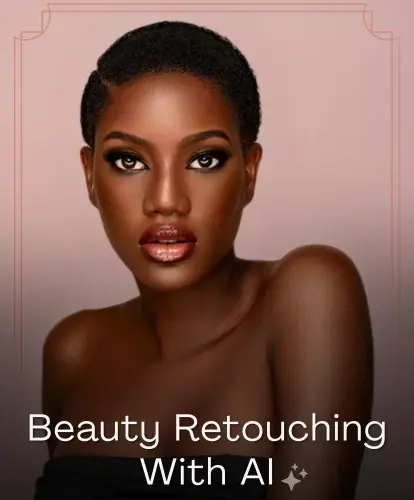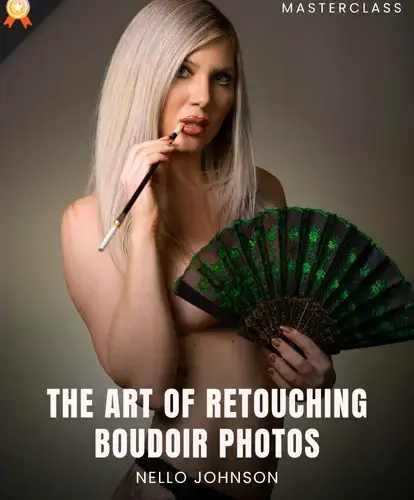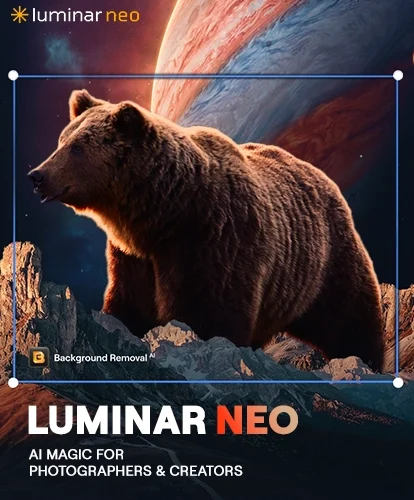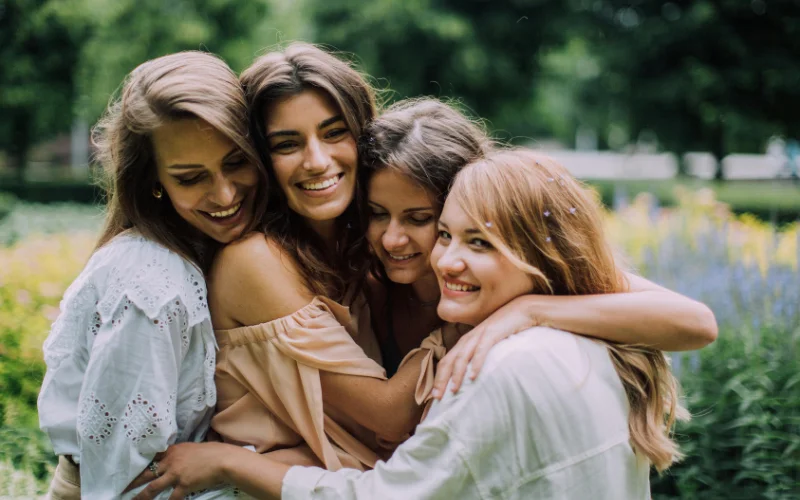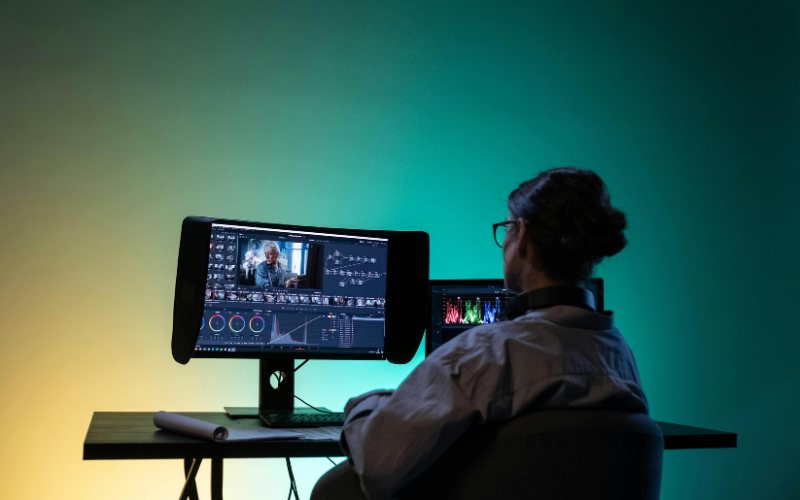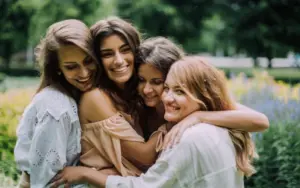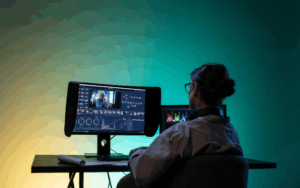In the creative world of photography, every artistic photographer adds to the art. These photographers have a concept in their art driven by their passion.
Their photos are not only pleasing to the eye but also calming to the soul. Listening to their stories is just as exciting and meaningful.
Today, in this blog, we will delve into the life story and professional journey of Luca Storelli, from his early beginnings as a graphic designer to his remarkable decision to adopt the lens of an artistic photographer.
Premium photography courses by Luca Storelli :
- Masterclass: Creating Fashion With AI By Luca Storelli [ VIEW DEAL ]
- Masterclass: Working With AI As A Photographer By Luca [ VIEW DEAL ]
- The Secrets Of Fine Art Retouching By Luca Storelli [ VIEW DEAL ]
- The Secrets of the Surreal Fashion Retouching [ VIEW DEAL ]
- The Secrets of Flowering Retouching [ VIEW DEAL ]
- Digital Compositing Retouching Course [ VIEW DEAL ]
- Painterly Retouching Tutorial [ VIEW DEAL ]
Q1. How do you decide on the color palettes for your compositions?
Ans. If I’m on the set, during the shooting, I try to respect the rules of colors (complementary, triads, analogues, etc), finding the colors in the background and or in the model outfits that let me apply these rules.
If I’m retouching, the coloring process is the last part of my work. Generally, after the retouching process, I start thinking about colors. What does the image suggest to me? What do I want to tell, and what does the image evocates in me? Finding the right mood I start playing with colors.
Also in this case, based on the mood of the image, I respect the color psychology, deciding to use or analogous or complementary colors.

Q2. What role does storytelling play in your photography?
Ans. It’s the foundation of my work, especially if I’m working for an editorial.
What is the story? Who is the subject? What the story tells?
I follow all these guidelines to build my photography. When I start shooting, everything is already clear in my mind. The creative process starts with thinking about the story, shooting is only the last part of my work.
Q3. How do you incorporate elements of nature into your studio-based shoots?
Ans. I’m attracted by elements, objects, nature. I love to see my subjects surrounded by elements… but it depends by the season.
In winter I work in studio, and if it’s possible, I create the scene adding small elements on set. But I already now that in post production I can do the magic.
In Spring or Summer I prefer to shoot on location. And also in this case, it’s possible if I need, to add additional elements to make the scene more interesting.
Check out the Top 10 Photo Retouching Software

Q4. What was the most valuable lesson you learned from your mentors?
Ans. I’m totally grateful to my mentors. Everything I do in my work comes from them. But the most important thing is the mentality I acquired. They changed my mind, my eyes, and my artistic decision while working. This makes the difference!
Q5. Can you share a memorable success story from one of your students?
Ans. The story of my students is the story of people growing their minds and creativity. The most crucial thing they often tell me is that after the lesson they have clear a different approach to images, a different mentality, and obviously the skill to do something that before was inimmaginable to do for them.
I have a 73-year-old photographer student from Tampa who studies with me for 2 years, continuously wants to learn, and knows all changes, especially in creative retouching and AI, and it’s incredible for me. She adores me and says that I’m unique because, thanks to my lessons, she changed her mind and her skills have grown. She has na different aproach to work now.
This is what I love from my work. I can help people to do better, because I learned from my master’s.

Q6. What inspires you when you’re feeling creatively drained?
Ans. I try to draw inspiration from others and I find a lot of incredible artists on Instagram, so it’s easy to find inspiration. I spend time looking at the work of my favourite artists, who I now know have become friends.
Q7. How do you balance technical skills with artistic expression in your work?
Ans. I’m not a technician, I prefer to think and approach the images as a creative, even if I’m shooting or I’m retouching.
The techniques I use are creative techniques. I’m a visionary, so I judge by my eyes immediately. If something catches my eye, I find the way to follow. So, all the techniques I use give me the way to approach to the image as a creative.
I don’t think about the technique I’m using, I’m finding the result. Like when you go on the bicycle, we don’t need to think about how to be in line, it’s automatic, we can think about everything we want, focusing our attention on many different things, not on cycling.

Q8. Can you share an instance where a mistake led to a creative breakthrough?
Ans. At the beginning of my career, I purchased the Infinite Color Panel, a coloring panel created by one of the best retouchers, Pratikl Naik, who is also one of my mentors and now a friend of mine. I shared on his Facebook group a picture of mine using his panel where I made a mistake with some additional elements added in my image, and he wrote me talking about my mistakes.
Pratically, he told me what was wrong, and this happened, which made it clear the way to follow. I started sharing my works on his group, always looking at different eyes, creative point of view, made by professionals. In this way, I “adopted” his mentality, his visions, and thanks to this, I changed my way of approaching the images.
Q9. What themes or messages do you hope to convey through your photography?
Ans. The only message I hope to convey is to be original, not usual. We do art, and I like to see art in the work of my students. Avoid banality, sexy images only to get more likes on social networks.
Let’s prefer the beauty of the images, the colors, the lights, and the expressions of the model. Let’s make art.

Q10. What has been your most challenging project to date, and how did you tackle it?
Ans. I try to think that every new work can be a challenge. This is because I want to focus on a better result every time I approach new images. When I shoot and when I start my creative retouching routine, I focus on always doing a little better than my past work.
I am currently working with an outstanding Japanese fine arts and fashion magazine, and we are creating a big project that is something I have never done! I’m completely excited about it because I’m completely out of my comfort zone. It’s crazy, but I’m always experimenting with new ways of thinking!
Check out the best of Luca’s store, click here
Q11. How do you manage the business side of your photography career alongside the creative aspects?
Ans. It’s a bit difficult. I often tell my team and collaborators that working for clients is fundamental and a service we offer. However, in most cases, it doesn’t allow us to grow artistically.
Clients are usually only focused on their products or services; they don’t consider other aspects. This means we can’t be very creative or artistic or give the image we’re going to create the right importance. They just want to sell. There’s no experimentation or artistic vision; just ordinary, common images to show their products.
This is why I encourage people to do personal artistic research. We must make time for personal projects to refine and enrich our creations and visions. Only in this way can we grow as artists if we enjoy making art.

Q12. What role does client feedback play in your creative process?
Ans. I don’t need client feedback. Client feedback is important, but they don’t know our artistic culture. Clients don’t understand my art. They say “yes, it’s fine,” but nothing more. They don’t understand the art behind each image I’ve shot or retouched.
In Italy, it’s so difficult…. clients’ privileges banality.

Q13. Can you describe a project that pushed you out of your comfort zone?
Every time I start working on a new project, I try to do something better. That means I try to get out of my comfort zone, using different techniques or technologies.
Artificial intelligence, for example, can be a good way to improve our creativity. The seamless integration of AI and photography, for example, can be the right way to get out of our comfort zone. We can explore new ways of making art day by day.
Q14. What’s a fun fact about you that most people don’t know?
I am also a musician. And music helps me a lot in my creative process. I always try to match the right genre of music to the mood of the image I am going to make. I love film music, and that helps me a lot in finding the right concentration to work.
Being a musician gives me the ability to know the genres of music perfectly to match the right musical theme to the images I have to create. In this mode, I enter a state of concentration very similar to that of meditation. And this helps me to be more creative.

Q15. If you weren’t a photographer, what other profession might you have pursued?
As I told you, if I had not been a photographer, I would have continued to be a musician.
Q16. Do you have a favorite place or setting that inspires your work?
I don’t have a favorite place. It is obvious that I love peace, silence, and the absence of stress and noise. I can find my inspiration wherever there is peace
Q17. What’s the best piece of advice you’ve ever received?
What I always do whenever I create something new is to share it. I mean, I constantly seek feedback from artists, from some of my masters. That way, I can see if I am working well, if the image I created is good, or if there is something to improve.
I have a folder on my HD with feedback from many of my masters who encourage me by giving me good support and beautiful comments. I need to have their approval; it is a great way to see if I am working well.

Q18. Which product of PhotoWhoa would you like to recommend to the viewers for their best outcome in creating art in a distinctive style?
First of all, I highly recommend Nino Batista’s courses. Nino is a friend and was one of my first teachers. I learned a lot from him and his techniques. I think his courses are the basis for learning photography.
Check out Nino Batista’s courses on Photowhoa
Conclusion
The work of Luca Storelli reminds us that photography is not just about recording an event but about evoking an emotion, conveying a story, and sometimes even shaping a dream. Luca’s commitment to the arts, combined with his expertise in lighting and color, along with his creative vision, has earned him a distinguished position among artists in the fields of fine art and fashion photography.
This interview will give you an insight into Luca’s life and inspire you to experiment with your creative process. Whether stepping behind the lens for the first time or aiming to elevate your creations, Luca’s story serves to prove that with determination and a bit of creativity, anything can be accomplished.
Keep an eye on our blog for more inspiring interviews!
To know more about him and his work, check out his website here.


